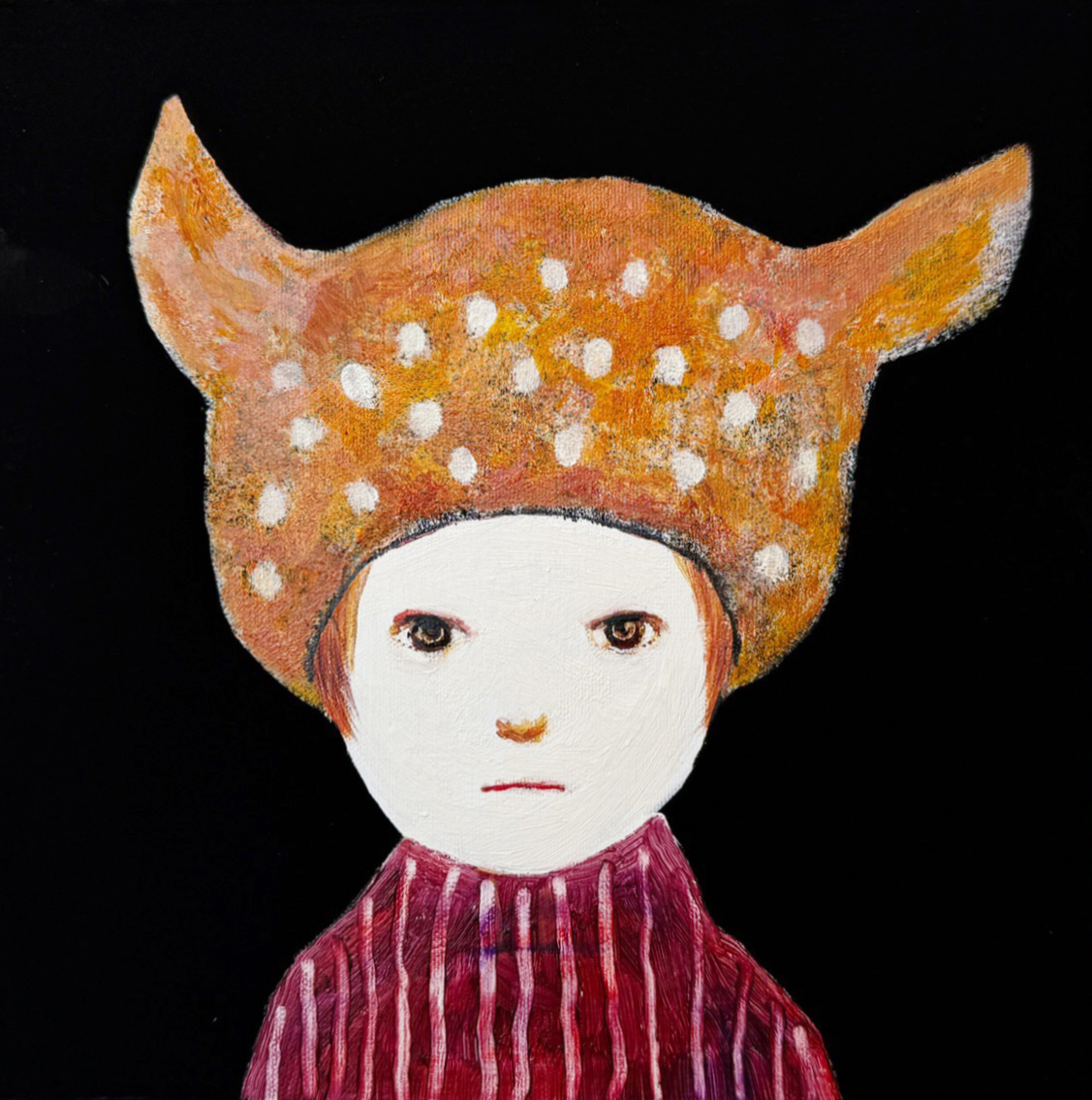Never seen : Black & White
2024. 8. 14 - 9. 12 | [GALLERIES] SONG ART GALLERY
노경화

NOH Kyunghwa, #51.3, 2014, Acrylic on canvas, 94 x 90 cm
내 작업의 핵심 키워드는 ‘키네틱’으로 관람자의 능동적인 움직임을 중심으로 알고리즘이 형성된다.
관람자가 흑백 작품 사이를 자유롭게 오가는 동선의 방향과 속도, 시간과 전시 공간은 각 개체로서 설명될 수 없다. 그 움직임의 속도는 시간과 공간의 관계에 의해서만 전체적인 파동으로 설명이 가능한데 시간이 움직이고 공간이 어떻게 확장되어 가는지는 각 요소 사이 연결의 변주에 의해 알고리즘이 결정되기 때문이다. 이때 시선은 고정된 것이 아니라 역동적이며 동세에 따라서 개념이 다른 조형요소들 간의 균형이 끊임없이 재설정되는 관계론적 패러다임이다. 그것은 유동적 전체성이라 할 수 있는데 요소들 간의 관계망으로 존재한다.
진화론적으로 우리의 뇌는 이성적 사고나 세상을 지각하기위해 존재하지 않고, 뇌의 에너지 소비를 최소화하여 계속 생존하는데 집중하도록 세팅 되어 있다. 반면 내가 추구하는 키네틱 요소는 관람자가 주의를 기울이고 탐색하며 미지의 경계에 적극적으로 진입하는 학습 형태다. 그 시스템에 진입하면 작품은 다르게 보이고 다르게 생각할 가능성이 확대된다. 흑백의 경계선에서 우리는 무언가 막연히 인식했지만, 한편 매우 낯설게 보이는 신선한 상황을 경험할 수 있고 매순간 그것이 어떻게 다르게 보이는가 호기심이 생길 수도 있다.

NOH Kyunghwa, #9.32, 2017, Acrylic on canvas, 38 x 45 cm
관람자의 정보를 조합하는 작업기억에 언제 어떤 내용이 input되고 output되며 그것을 조절하는 미세한 센서를 적절히 제어하는 것은 효율적인 감상에서 매우 중요하다. 새로운 상상력의 관계망으로 들어오는input에 벨브가 열려 있다면, 지각체계로부터 새로운 정보가 전전두피질로 들어와 작업 기억속에 유지될 때 비로소 관람자의 유연성은 시작된다.
인지 조절이란 정교한 신경 메커니즘을 기반으로 이루어진 과정이다. 뇌의 메모장인 작업 기억은
시간의 간극에 다리를 놓고 연결한다. 체험을 통해 감각의 정보를 모으고 새로운 생각, 개념을 분석하면서 시냅스의 밀도 변화를 가져오는 것이다. 이 같은 시냅스 가소성은 관람자가 전시공간에서 작품을 보고 느낀 자극에 의해 변화할 수 있는 유연성을 말한다. 이때 오가는 정보들이 세분화되고 밀도가 높을수록 변화할 수 있는 유연성의 폭은 커진다. 능동적 행동으로input gate가 열리면 선택된 기억 속 정보가 동선의 맥락이 되어 줄 것이다.
조형적 단서들이 활성화된 지각, 촉시적 감각은 톱니바퀴 구성으로 논리와 구조가 맞물려 유연하게 결합되고 다양하게 변주된 시점에서 우리는 기존의 흑백과 다른 매혹적인 세계를 대면 할 수 있다.
송아트갤러리
서울시 서초구 서초중앙로 188, 아크로비스타 아케이드 B133
82 2 3482 7096
[GALLERIES] SONG ART GALLERY
- Dates
- 2024. 8. 14 - 9. 12











